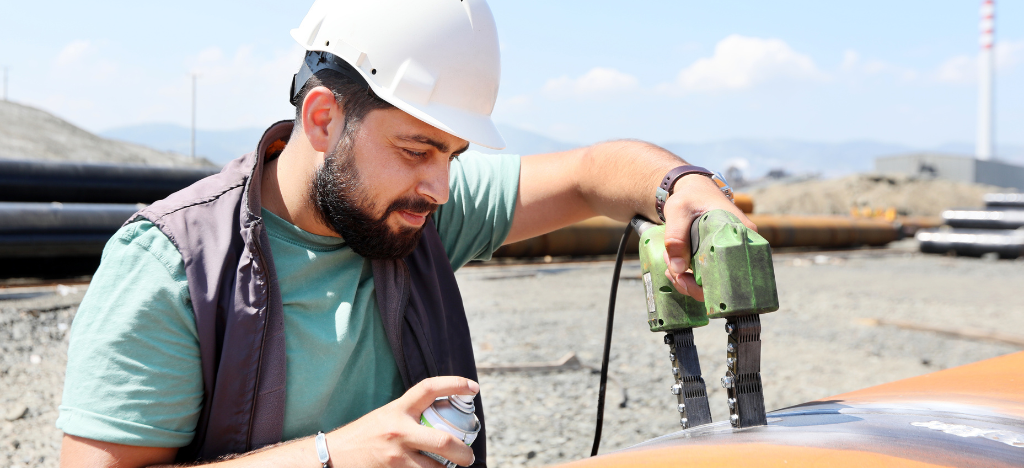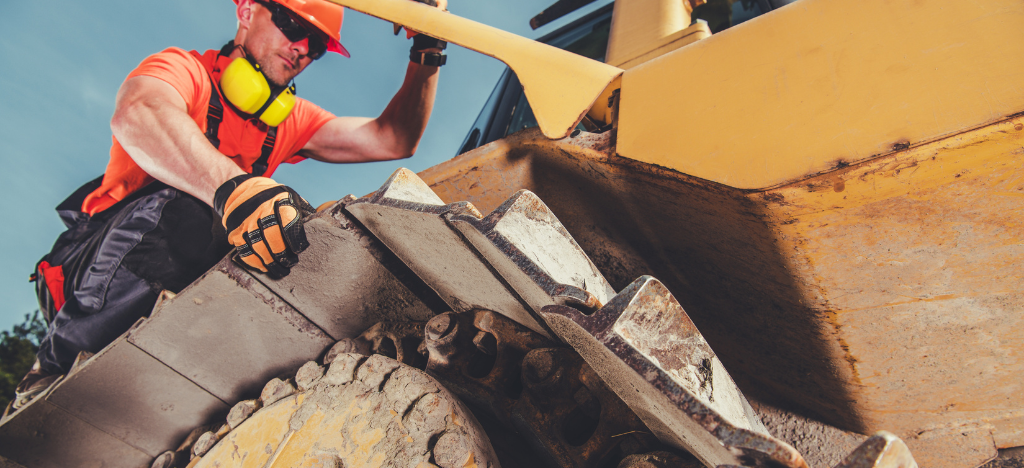Rope Access Inspection in Offshore Safety
The offshore industry operates in some of the most challenging environments on Earth, where traditional inspection methods often fall short. Enter the Rope Access Inspection industry—a dynamic and versatile solution that has become a cornerstone in ensuring the safety and integrity of offshore structures. In this blog, we will explore the indispensable role of rope access inspection in the offshore sector and beyond, shedding light on its applications and the paramount importance of safety in every ascent.
What is Rope Access ?
Rope access, or industrial climbing, is a form of work positioning, initially developed from techniques used in climbing and caving, which applies practical ropework to provide access to at-height and difficult-to-reach locations without the use of scaffolding, cradles or an aerial work platform. Rope access technicians descend, ascend, and traverse ropes for access and work while suspended by their harness. Sometimes a work seat may be used. The support of the rope is intended to eliminate the likelihood of a fall altogether, but a back-up fall arrest system is used in case of the unlikely failure of the primary means of support. This redundancy system is usually achieved by using two ropes – a working line and a safety line.Rope access has been in use for decades as an integral part of industrial inspections and mechanical work. In the 1980s, rope access was adopted to access challenging assets in the oil and gas industry, namely offshore oil rigs. In these early scenarios, it was primarily implemented for difficult to access areas of the rigs and confined space entry needed for industrial inspection methods. Since that time, rope access has been adopted for traditional and advanced nondestructive testing (NDT) methods in addition to light maintenance work on industrial assets.
Offshore Challenges and the Need for Rope Access:
Offshore platforms, whether for oil and gas extraction or wind energy, are subject to harsh weather conditions and environmental challenges. Traditional access methods can be both impractical and cost-prohibitive. Rope access inspection, with its ability to navigate the complexities of these structures efficiently, has become a game-changer in the offshore industry.
The Versatility of Rope Access in Offshore Applications:
- Wind Turbine Inspections: Offshore wind farms, with their towering turbines in the open sea, benefit immensely from rope access inspections. Technicians can ascend and descend quickly, conducting thorough examinations and maintenance tasks with minimal disruption to operations.
- Oil and Gas Platforms: In the oil and gas sector, where offshore platforms are subject to corrosion and wear, rope access provides a safe and effective means of inspecting critical components such as pipelines, flare systems, and structural elements.
- Rigging and Structural Maintenance: Rope access is widely utilized for structural maintenance, painting, and corrosion protection, ensuring that the longevity and safety of offshore structures are maintained.
Safety: A Non-Negotiable Priority:
- Specialized Training: Technicians operating in the offshore rope access industry undergo specialized training that equips them with the skills needed to navigate the unique challenges posed by offshore environments.
- Emergency Response Protocols: Rigorous emergency response plans are integral to offshore rope access operations. Technicians are well-versed in evacuation procedures and emergency rescue techniques to handle unexpected situations effectively.
- Weather Monitoring: Offshore operations are highly sensitive to weather conditions. Rope access teams carefully monitor weather forecasts, and operations are adjusted or postponed as necessary to ensure the safety of personnel.
- Equipment Calibration: Regular calibration and inspection of equipment are paramount. Offshore rope access technicians meticulously check and maintain their gear to ensure its reliability in the demanding offshore environment.
Realizing Offshore Safety Through Rope Access:
- Reducing Downtime: The efficiency of rope access minimizes downtime for offshore operations. Quick mobilization and demobilization of rope access teams mean that inspections and maintenance activities can be completed swiftly and effectively.
- Cost-Effective Solutions: Compared to the expenses associated with heavy lifting equipment or extensive scaffolding, rope access offers a cost-effective alternative. This is particularly crucial in an industry where cost-effectiveness is synonymous with operational success.
Conclusion:
As the offshore industry continues to evolve, the Rope Access Inspection sector stands tall as an indispensable ally, ensuring that safety and efficiency coexist at the heights of offshore structures. In a realm where every ascent carries risks, the professionals in the rope access inspection industry are not just climbing heights; they are ascending to new standards of safety, reliability, and sustainability in the offshore sector and beyond.



